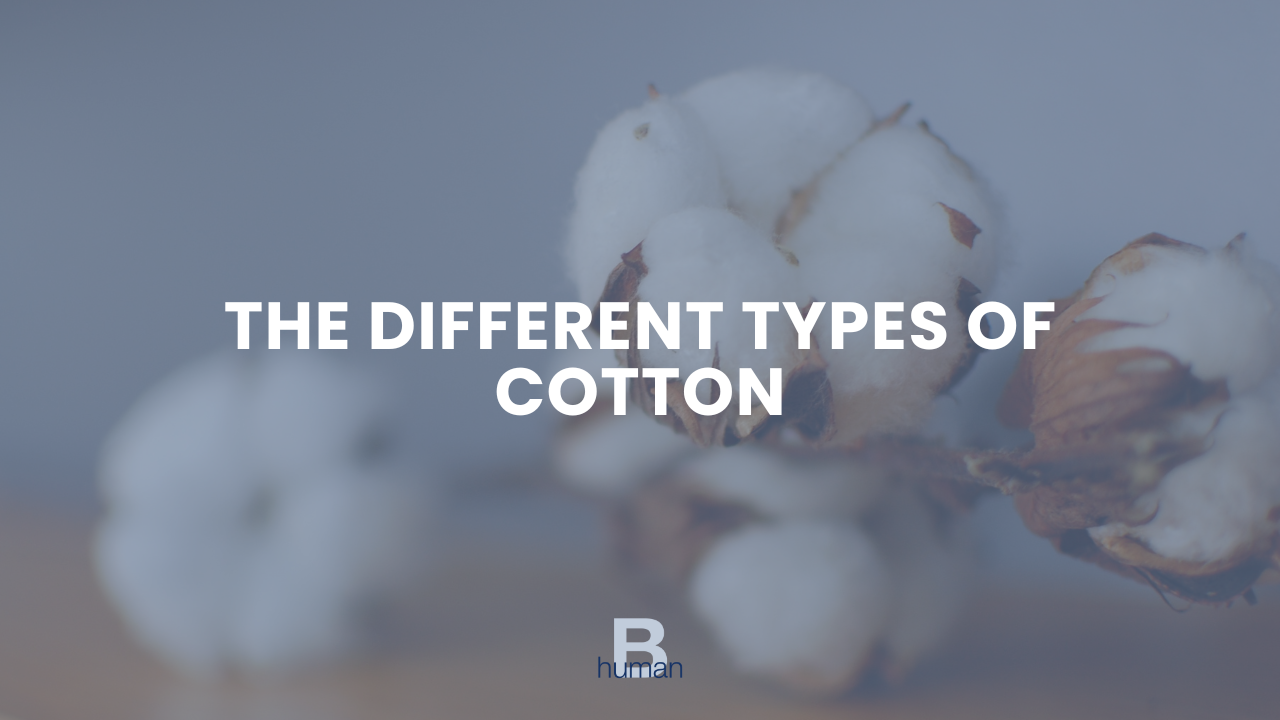When starting a business, the unknown is bigger than the known. Where do I find….? How do I…? What is the best….? Are normal questions to have and having the right answers, answered by the right people for your business, will make the process smoother, more effective and much less expensive.
Congratulations on starting your own brand, what now?
About 10 years ago I was hired by a designer, for the sake of this story I will call him Mark, who by then had a very successful career as a creative director for big brands (RL, Nautica), to join and help him as he was starting his own brand. He had a very clear vision as to what the product should look like and the concept of his brand (since he’s done that successfully for these other brands for nearly 20 years).
But when it came to starting his own business there were many aspects that he wasn't familiar with. While working at these bigger brands, things such as sourcing, costing, developing, producing and selling the product where not an issue, or at least not issues that he had to deal with. This time he was starting as a small business with a limited budget


















